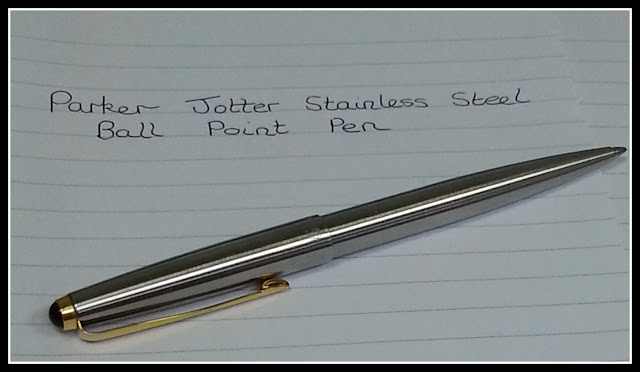The ballpoint pen, also known as a biro, has a fascinating history that spans over a century. Here is a detailed account of its origin, invention, and evolution up to its current-day use:
Early Attempts at a Reliable Pen: The need for a reliable and convenient writing instrument led to various attempts to create a pen that didn't leak or require constant dipping. In the late 19th century, inventors experimented with various mechanisms, including fountain pens and self-filling pens.
The Invention of the Ballpoint Pen: The ballpoint pen, as we know it today, was invented by Laszlo Biro, an Argentine-Hungarian journalist, in the late 1930s. Biro and his brother, Gyorgy Biro, developed a pen that used a tiny rotating ball bearing at the tip instead of a traditional nib. The ball acted as a rolling mechanism to distribute ink onto the paper, providing a smoother and more reliable writing experience.
Refinement and Commercialization: In 1943, the Biro brothers patented their invention and started manufacturing ballpoint pens in Argentina. The pens gained popularity for their ease of use, resistance to leakage, and ability to write on a variety of surfaces. However, early ballpoint pens faced some challenges, such as issues with ink flow and drying.
Evolution and Technological Advancements: Over the years, various improvements were made to ballpoint pens. In the 1950s, the development of tungsten carbide balls replaced the earlier steel balls, improving durability and performance. The introduction of oil-based inks, which dried faster, reduced smudging, and improved reliability, further enhanced the writing experience.
Global Adoption and Mass Production: The ballpoint pen gained worldwide recognition and acceptance in the 1950s and 1960s. Manufacturers such as Bic, Parker, and Montblanc played key roles in popularizing and mass-producing ballpoint pens. The affordability, convenience, and longevity of ballpoint pens made them a ubiquitous writing instrument in offices, schools, and households.
Technological Innovations: In recent years, technological advancements have influenced ballpoint pen design and functionality. Some ballpoint pens now feature ergonomic designs, grip enhancements, retractable mechanisms, and refillable cartridges. Additionally, manufacturers have introduced specialized ballpoint pens for different purposes, such as fine-tip pens for precision writing and gel ink pens for smoother and more vibrant colors.
Environmental Considerations: As environmental concerns grew, there has been a shift towards more sustainable alternatives. Refillable ballpoint pens have gained popularity, allowing users to replace the ink cartridge rather than disposing of the entire pen. Additionally, manufacturers have introduced eco-friendly materials and manufacturing processes to reduce the environmental impact of pen production.
Continued Relevance and Use: Despite the digital age, ballpoint pens remain widely used today. They are valued for their reliability, portability, and ease of use in various situations, such as writing on paper, signing documents, or sketching. While digital devices have their place, the enduring appeal of the ballpoint pen as a tangible and accessible writing tool continues to make it an essential item for many people.
The ballpoint pen has come a long way since its invention, evolving through technological advancements and responding to changing consumer needs. Its journey from a novel invention to a ubiquitous writing instrument reflects the human desire for efficient and reliable means of communication and self-expression.
Source: Some or all of the content was generated using an AI language model


No comments:
Post a Comment